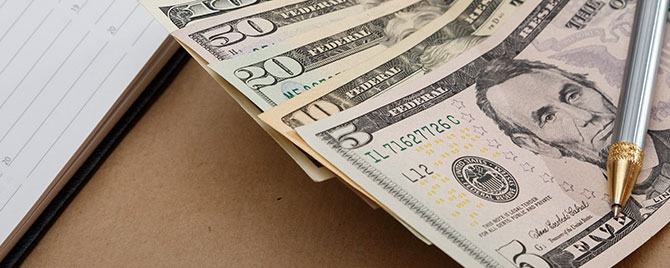Today the Federal Reserve’s Cash Product Office released preliminary findings from the 2015 Diary of Consumer Payment Choice. The study shows that while new payment options are emerging and gaining popularity, cash is still the most frequently used retail payment instrument.
In 2012, and again in 2015, the Federal Reserve’s Cash Product Office, along with the Federal Reserve Banks of Boston and Richmond, conducted this national survey to understand how consumers use cash, credit cards, debit cards, checks, and mobile and online apps to pay for everything from their daily cup of joe to their monthly rent or mortgage.
Even in a world of swipe, tap, and click to pay, cash is resilient and plays a unique role for consumers. It’s widely used in a variety of circumstances across all demographics and dominates small-value transactions.
Data from the 2015 Diary shows that cash was used for 32 percent of all reported transactions, including bill payments, followed by debit cards (27 percent) and credit cards (21 percent). Cash’s presence is particularly strong in small-value purchases, where it was used more than 60 percent of the time for transactions under $10. Cash is a “go-to” choice for everything from food and personal care supplies, to gifts, entertainment, and transportation.
As consumers’ shopping behavior evolves with more online purchases and new payment apps, cash faces competition at the point-of-sale, but it remains a highly valued and useful choice.
To learn more, read The State of Cash: Preliminary Findings from the 2015 Diary of Consumer Payment Choice.
You may also be interested in:
The views expressed here do not necessarily reflect the views of the management of the Federal Reserve Bank of San Francisco or of the Board of Governors of the Federal Reserve System.
